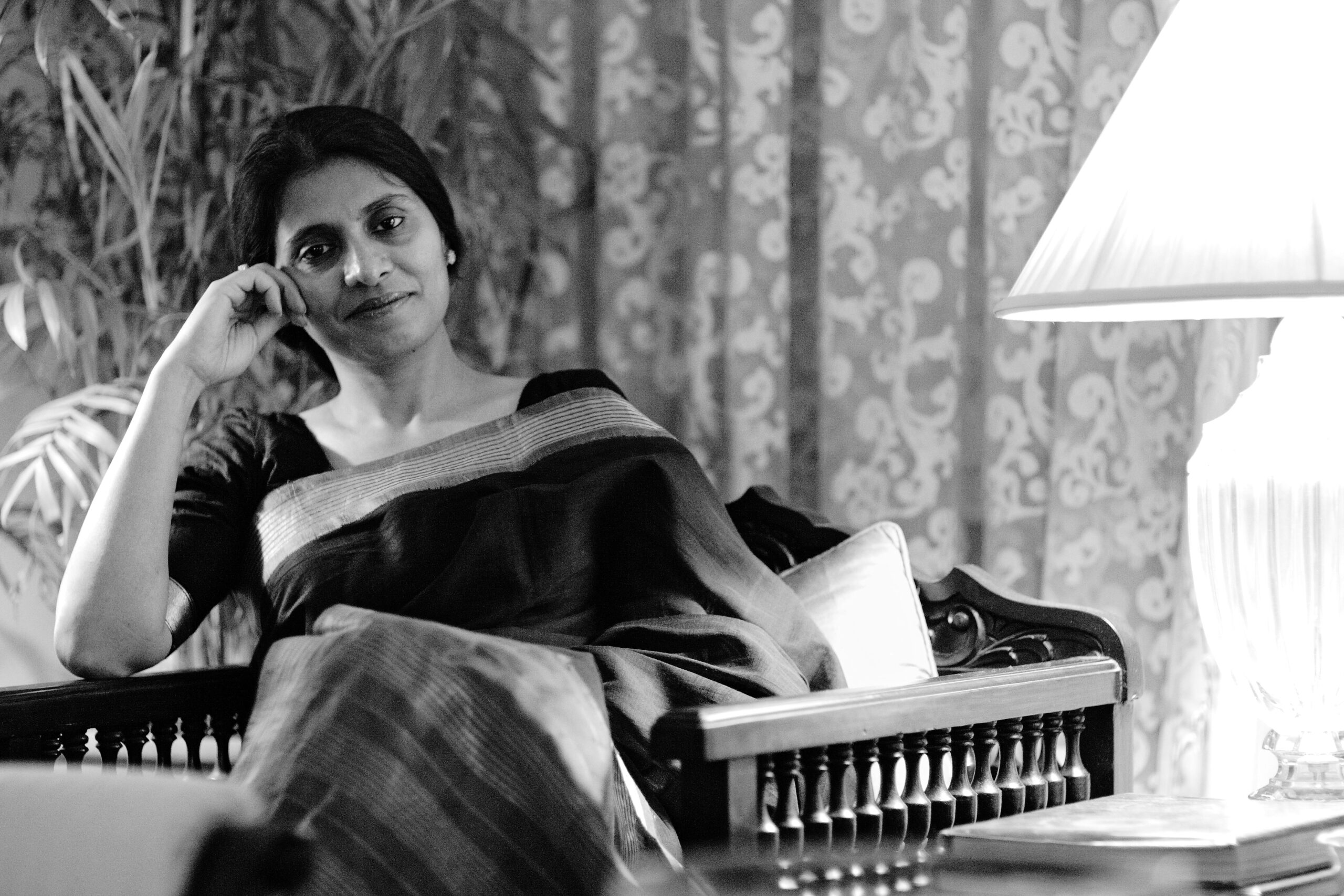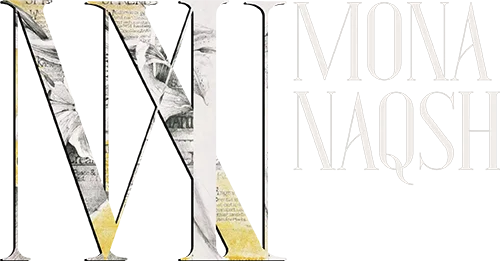Article
A HOMAGE TO NATURE’S TIMELESS BEAUTY by Marjorie Husain _ KOEL Gallery 2015
admin@monanaqsh
January 21, 2025

Viewing the artwork of Mona Naqsh inevitably creates a soothing symphony of visual pleasure
that remains within one’s inner vision. She is an artist who lives her art, creating an
environment of beauty around her. Her home is a haven of tranquility and the artist takes the
environment further by arranging leafy plants outside her house. She has been involved in
`floriography’ – the language of flowers – since her vocation began in her youth, creating in her
work a language that speaks of the world around her with grace.
The language of flowers, as chosen by artists, stretches back in the past times. Once bashful
suitors used a language, through flowers, of feelings they could not speak. Surprisingly one
discovers an early influence was the Turkish Ottoman Court, where flowers were used,
particularly the image of tulips, in numerous decorative and meaningful ways.
Flowers have always fascinated circles of creativity; in literature Shakespeare referred often to
flowers using them with symbolic meanings. Other writers and the Pre-Raphaelite artists also
created a floral language of their own.
Mona has studied the history of floriography, from the lotus of the Buddha to the present
contemporary era and she has created an idiom of her own. As an artist she came into
prominence in the decade of the nineties and is now aesthetically in the contemporary art
milieu of today’s modern artists such as Nolde with his stunning red and yellow poppies,
Georgia O’Keefe and Elisabeth Blackadder; painters who have taken the language of flowers
into a universal symbolism, and one may include Patrick Proctor and David Hockney along with them.
Visiting the great tourist attraction, the Royal Academy Exhibition in London, one understands
why bright paintings in diverse media by Leonard McComb RA, Jim Dine and Phillip Sutton –
draw the crowds around them at the annual event. Gazing
at the art of Mona Naqsh one understands their appreciation. In her recent collection of work
the artist has worked on new series in varied media inspired by Lilies, Chrysanthemums, Roses
and a medley of wild flowers. Included in the show are ten drawings detailed with exquisite
finesse that appear to speak of cessation and regeneration, the optimism of belief. A series of oil
on paper paintings and twenty-five paintings in oil on canvas are worked with diverse textural
surroundings and colouration; five of these artworks are embellished by classic calligraphy.
One must admire the detailed, elegant vases and surroundings of each of the artworks.
One may discover a dialogue of ones own in Mona’s work, the wild flowers set in elegant vases
may also symbolize the constraints of a woman’s life with the flowers picked from the wilds and
set in crystal. The language of flowers is fascinating and differs in many cultures. In Mona’s
work, the flowers appear to reach out of the canvas to the spectator. Each piece unique;
bringing a message of beauty, joy and hope to the receptive viewer. While speaking to Mona
Naqsh, she related her love of nature from an early age and quotes Van Gogh, who wrote on his
Sunflowers and also painted white roses; and of Manet who loved to paint the continuance and
the delicacy of nature’s blooms.
Mona recalls that, recognizing her love of art early on in her life, her mother suggested that she took admission in the National College of Art, Lahore. Jamil Naqsh adamantly refused the idea; instead he tutored Mona himself, and taught her art history and philosophy as well as the elements of drawing line and colour. Mona was an eager and focused student. Jamil Naqsh was her source of inspiration; as a young girl she remembers viewing a rare painting with a floral theme he had painted, it was, as if, for Mona a light had opened in her inner being. She began to find her vocation and was so affected by the work she was unable to sleep with excitement. She realized that the beauty of nature’s bounty, flowers were to become her signature aesthetic contribution to the world of art.
One remembers meeting the young girl at art exhibitions in those days and being amazed at the perceptive views she shared on the art exhibited, very seriously gauging textures and linear aspects. She was convinced that this homage to nature and beauty was the path of art she must take and create a singular idiom encompassing elements of ancient and modern times.
Mona is a true daughter of her father, her studio is spotless, everything is in its place. Frames are carefully chosen and paintings arranged with thought and care. She is the subject of a book and has exhibited her work in Pakistan, America and in Dubai. Currently, preparing for an exhibition of her work at the Koel Gallery, we discussed the Guardian Newspaper that once listed a number of paintings considered the most beautiful in the world which included Monet’s Blue Water lilies; Dutch Tulips painted in 1643; Georgia O’Keefe’s Oriental Poppies; Manet’s lilac in a vase; Van Gogh’s ‘Vase with Pink Roses’ and Andy Warhol’s painting titled: Flowery. Indeed Mona Naqsh is continuing a classic tradition of beauty that is never out of date and one may count her among the classic exponents of her theme.
